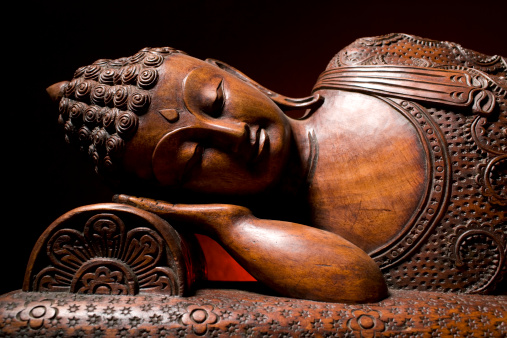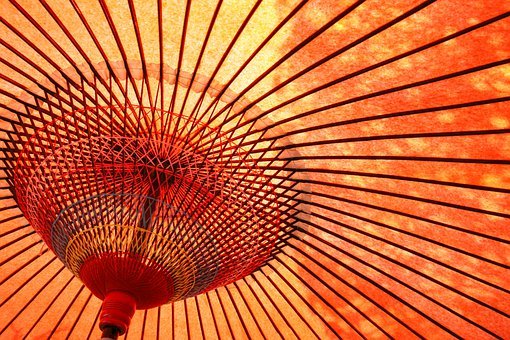Vajrayana Buddhism was developed in two stages: the First and the Second Propagation period. The period of the First Propagation refers to Nyingmapa whose central teaching is Dzogchen, or Great Perfection. The tantras of Great Perfection specify clearly that no meat eating be allowed. The period of the Second Propagation refers to Gelugpa, Kagyupa, Sakyapa and all the other schools of Vajrayana Buddhism in Tibet except Nyingmapa. Of all the tantras of this period, the most important and pivotal is the Kalachakra Tantra. Both the Tantra and its annotations specify very clearly that meat eating is not allowed. All these point to the fact that Mahayana Buddhism, be it exoteric or esoteric, is against eating meat.
~Depicted from THE RIGHT VIEW - Why Vegetarian?











